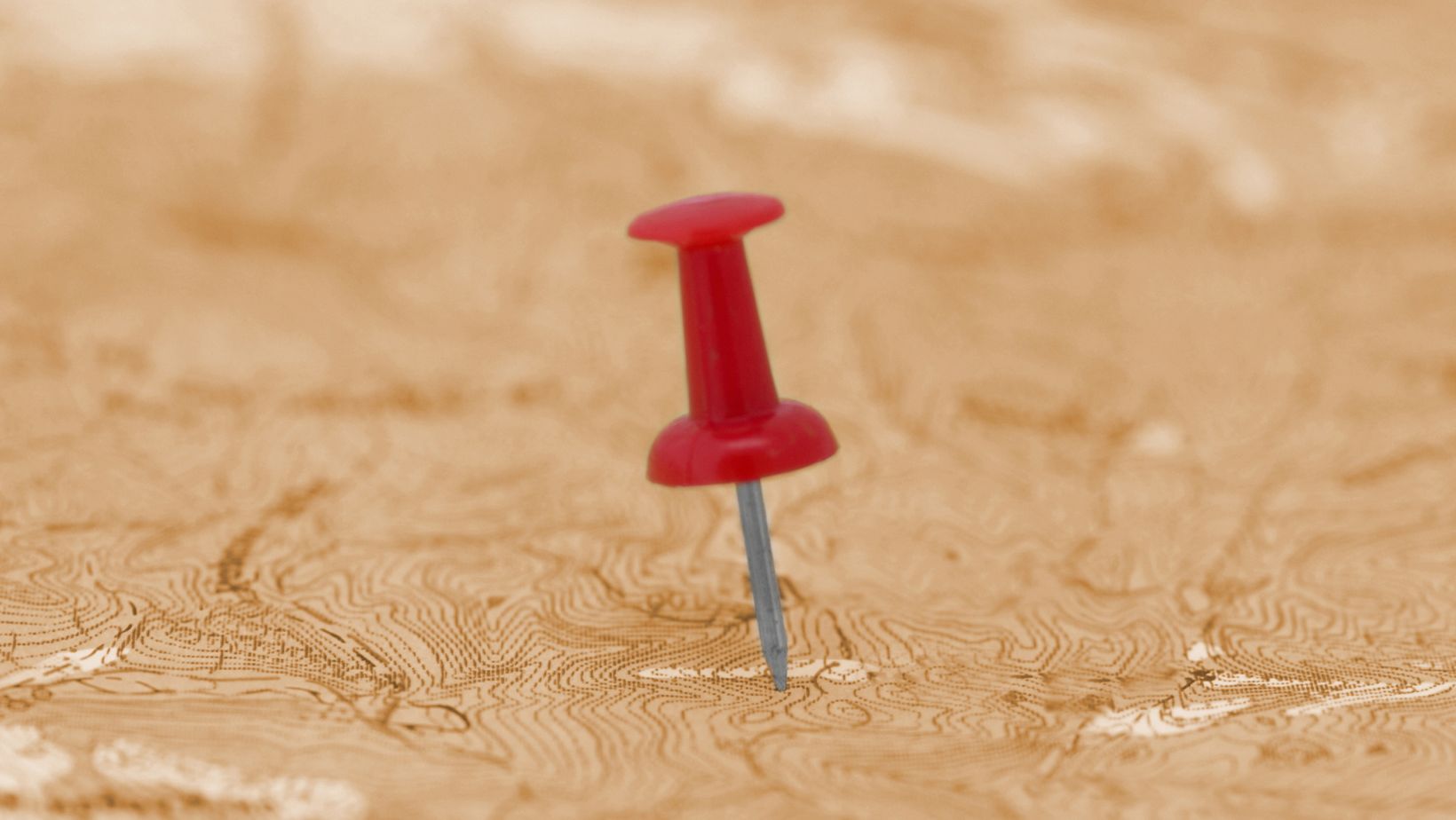Distance Between your Vehicle and Other Roadway Users
When it comes to driving safely on the road, maintaining a safe distance between your vehicle and other roadway users is of utmost importance. This not only helps prevent accidents but also allows for better reaction time in case of any unexpected situations. But how exactly can you measure a safe distance? In this article, I’ll guide you through some practical tips on determining the appropriate space between your car and others on the road.
One effective way to measure a safe distance is by using the “three-second rule.” This rule suggests that you should keep at least three seconds of following distance between your vehicle and the one ahead. To do this, pick a fixed object on the road, such as a sign or lamppost, and start counting when the car in front passes it. If you reach that same object before counting to three, then you are too close and need to increase your following distance.
Another method to gauge a safe gap is by considering speed limits. For every 10 miles per hour (16 kilometers per hour) of speed, allow one car length’s space between you and the vehicle ahead. For example, if you’re traveling at 40 miles per hour (64 kilometers per hour), aim for four car lengths behind the leading car.
Remember that these are general guidelines and may vary depending on weather conditions, traffic density, or specific laws in your area. By adhering to proper distancing techniques, we can all contribute to safer roads and reduce the risk of collisions.
Importance of Maintaining a Safe Distance
Maintaining a safe distance between your vehicle and other roadway users is paramount to ensuring the safety of yourself, your passengers, and everyone else on the road. It is one of the fundamental principles of defensive driving that helps prevent accidents and allows for better reaction time in unexpected situations. Let’s delve into why maintaining a safe distance is so crucial:
- Avoiding Rear-End Collisions: By keeping a proper following distance, you give yourself enough time to react if the vehicle in front suddenly brakes or stops. This significantly reduces the risk of rear-end collisions, which are one of the most common types of accidents on our roads.
- Allowing for Reaction Time: Traffic conditions can change rapidly, with sudden lane changes or unexpected obstacles appearing in an instant. When you maintain a safe distance from other vehicles, you create a buffer zone that gives you precious seconds to react and maneuver safely.
- Minimizing Chain-Reaction Accidents: Tailgating or driving too closely behind another vehicle creates a dangerous situation known as “platooning.” If the leading car has to make an emergency stop, there might not be enough time for those following behind to brake in time, resulting in chain-reaction accidents involving multiple vehicles.
- Enhancing Visibility: Keeping an adequate space cushion around your vehicle also improves visibility for both you and other drivers on the road. It allows you to see potential hazards ahead more clearly while enabling others to spot your vehicle easily.
- Adapting to Weather Conditions: Maintaining a safe distance becomes even more critical during adverse weather conditions such as rain, snow, or fog when visibility is reduced and stopping distances increase significantly. A longer following distance provides added margin for error under these challenging circumstances.

Factors to Consider when Measuring Safe Distance
When it comes to measuring a safe distance between your vehicle and other roadway users, there are several important factors you should take into consideration. By keeping these factors in mind, you can ensure that you maintain an appropriate distance, promoting safety for yourself and others on the road.
- Speed of Travel: One crucial factor to consider is the speed at which you are traveling. The faster you’re going, the greater the distance needed to safely react and stop if necessary. As a general rule of thumb, it’s recommended to allow at least one car length (about 20 feet) per every 10 miles per hour of speed.
- Road Conditions: The condition of the road also plays a significant role in determining a safe following distance. When roads are wet or slippery due to rain or snow, it takes longer for your vehicle to come to a complete stop. In such conditions, it’s advisable to increase your following distance even further than usual.
- Vehicle Size: Another factor influencing safe distancing is the size of your vehicle as well as those around you. Larger vehicles such as trucks or buses may require more space when stopping compared to smaller cars due to their weight and momentum. Be mindful of this when measuring your safe distance behind larger vehicles.
- Reaction Time: Your own reaction time is an essential aspect of maintaining a safe distance from other roadway users. It’s important to stay focused and alert while driving so that you can react promptly if any unexpected situations occur ahead of you.
- Weather Conditions: Different weather conditions like heavy rain, fog, or strong winds can affect visibility and increase stopping distances significantly. In adverse weather conditions, be sure to adjust your following distance accordingly and drive with extra caution.


 By
By 



